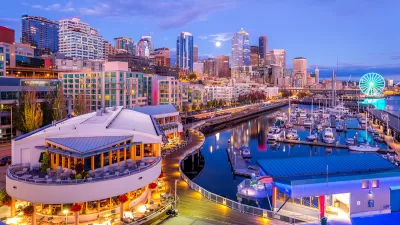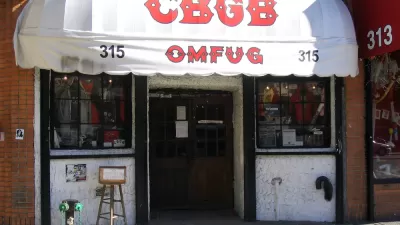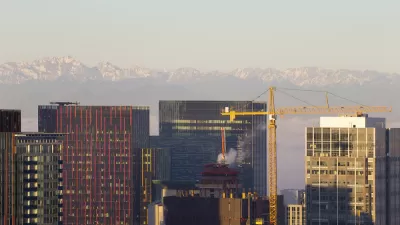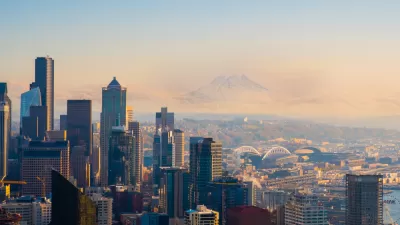In 1851 the City of Seattle could have been a vastly different place if alternative development decisions had been made that took the original inhabitants, nature, and topography into consideration.

Crosscut columnist Knute Berger writes about the development of Seattle from 1851 to the present and how certain development and transportation decisions affected the natural, social, and economic environment.
Berger writes that Seattle "had ambitions to be the new New York, but the retreating ice left us with hills and too little flat land to make a proper port. We needed railroad access, so we filled in the tide flats of what is now SoDo and the Industrial district. We were determined to place grids on a grid-resistant landscape, so we re-graded not just Denny Hill — you know it today as the flats of Belltown, but for years it was simply known as The Regrade....The result, among other things, is a transportation mess that we’ve never built our way out of and aren’t likely to. Think about that when you’re stuck in traffic. Blame the glacier. Blame the founders. Blame the absurdity of their ambition."
Berger suggests that there is something that can be learned from looking back at the development pattern of our urban places. "If those who don’t learn from history are doomed to repeat it, I would posit that those who study the might-have-beens can also learn a great deal too. Re-imaging Seattle’s transformation — the roads not taken (or built) — could be a great tool to think about our future more creatively."
FULL STORY: Rethinking Seattle: What if we could start over?

Planetizen Federal Action Tracker
A weekly monitor of how Trump’s orders and actions are impacting planners and planning in America.

Chicago’s Ghost Rails
Just beneath the surface of the modern city lie the remnants of its expansive early 20th-century streetcar system.

San Antonio and Austin are Fusing Into one Massive Megaregion
The region spanning the two central Texas cities is growing fast, posing challenges for local infrastructure and water supplies.

Since Zion's Shuttles Went Electric “The Smog is Gone”
Visitors to Zion National Park can enjoy the canyon via the nation’s first fully electric park shuttle system.

Trump Distributing DOT Safety Funds at 1/10 Rate of Biden
Funds for Safe Streets and other transportation safety and equity programs are being held up by administrative reviews and conflicts with the Trump administration’s priorities.

German Cities Subsidize Taxis for Women Amid Wave of Violence
Free or low-cost taxi rides can help women navigate cities more safely, but critics say the programs don't address the root causes of violence against women.
Urban Design for Planners 1: Software Tools
This six-course series explores essential urban design concepts using open source software and equips planners with the tools they need to participate fully in the urban design process.
Planning for Universal Design
Learn the tools for implementing Universal Design in planning regulations.
planning NEXT
Appalachian Highlands Housing Partners
Mpact (founded as Rail~Volution)
City of Camden Redevelopment Agency
City of Astoria
City of Portland
City of Laramie





























